PLEASE NOTE: CERTAIN PRODUCTS MAY HAVE SPECIFIC SIZING CHARTS THAT DIFFER FROM THESE GENERAL SIZING CHARTS.
SIZING INFORMATION
We are dedicated to your complete satisfaction. One of the ways that we ensure that is through providing you with detailed information on an item’s fit and construction before you buy it. Our goal is to help you can make the correct decision on what particular size you should order. If you are unsure about your size, simply use your measurements and compare them to the sizing charts that we provide to determine the correct size.
Our sizing charts will give you a good idea of the size to order, but be sure to read the special sizing information that may accompany the item description. Some merchandise dimensions may vary from the averages in the charts as well. If you have any questions about the sizing of a product, please let us know!
MEASURING INSTRUCTIONS FOR APPAREL
Take your measurements and compare them to the sizing charts below to figure out your correct size.
Sleeve: With elbow slightly bent, measure from the center of neck (backside), over point of shoulder, around elbow and down to the wrist. Chest: Holding the tape firm and level, measure around the fullest part of the chest, just under the arms and around the shoulder blades. Waist: With tape loose but level, measure at the height you prefer to wear your waistband.
Inseam: Using a pair of pants that fit you well, measure from the crotch to the bottom of the leg. For shorts, measure from the crotch to where the shorts will end. Out-seam: Measure from top of waistband to the bottom of the cuff.
If you’re unsure about your size, use your measurements and compare them to the charts below to determine an approximate fit. These charts will give you a good idea of the size to order, but be sure to read the specific sizing information that is available on the Product Page under the Sizing tab. Some product dimensions may vary slightly.
GOAL KEEPER GLOVES
Measure the circumference of the part of your palm just below the knuckles, excluding your thumb (see image). Round up to the next whole inch, then add 1 to the measurement to determine your Keeper glove size.
ie. 7.5″ -> 8″ + 1 = 9. Thus, 9 would be the Keeper glove size.Measure both hands, and order the bigger size if they are different. Remember: Goalkeeping gloves should be worn big, generally 1/2″ to 1″ over the end of your fingertips.
SOCCER SIZE
The soccer ball used in professional leagues and in the FIFA World Cup is called “size 5”. The following are the specifications of an official size 5 soccer ball:
Circumference: 27 to 28 inches (69 to 71 cm)
Weight: 14 to 16 oz (400 to 450 grams)
Official pressure: between 8.5 to 15.6 PSI
Diameter: 8.6 to 9 inches (22 to 23 cm)
Radius: 4.3 to 4.5 inches (11 to 11.5 cm)
However, the size 5 soccer ball is not used at all times. The soccer ball sizes for official match use vary according to the type of soccer being played or the age group of players. Below are the soccer ball circumference for different age groups and game variations.
A. Kids’ & youth soccer ball circumference U-6, U-7, & U-8: Size 3 is the official soccer ball for toddlers and young children. It has a circumference of 23-24 inches and a weight of 11-12 ounce. Size 3 is the smallest official ball.U-9, U-10, & U-11: Size 4 is the standard soccer ball for kids aged between nine and 11 years old. It has a circumference of 25-26 inches and a weight of 11-13 ounce.U-12, U-13 & up: The regulation size soccer ball, size 5, is played by youth players when they reach the age of 12. Size 5 is also the ball used in high school soccer.
B. Ball sizes for other forms of footballA comparison of the dimensions of a beach soccer and futsal ball
Five-a-side football: Five-a-sidefootball is played with slightly different rules from regular football but it is still played with the standard soccer ball.
Beach soccer: The ball used in official beach soccer games is a size 5 but is slightly lighter, 14-15½ ounces. It is often brightly colored to make it more visible on a sandy playing ground.
Futsal: A size 4 soccer ball is used in futsal. However, the ball material for futsal is different than the one in youth soccer: a futsal ball is filled with foam to make is less bouncy since the sport is played on a hard surface. It is also typically covered with felt or suede for more friction.
Indoor soccer: Like in futsal, the ball size for indoor soccer is number 4 and is covered with felt or suede. However, indoor soccer balls are typically bouncier than in futsal.
C. Special soccer ball sizes. The size 1 & 2 soccer balls, also called mini-ball, are often given to toddlers
Size 1 soccer ball: Also called the mini-ball, this ball is very small with a circumference of only 17 inches. This ball is typically bought by parents for play for their one- to three-year old children. The size 1 soccer ball is not used in tournaments but is used by some clubs or teams to train players in ball control.
Size 2 soccer ball: This ball is slightly bigger than size one, with a circumference of 20-22 inches. This ball is usually given for play for children four years old and below. Some coaches use the size two ball for ball control drills.
